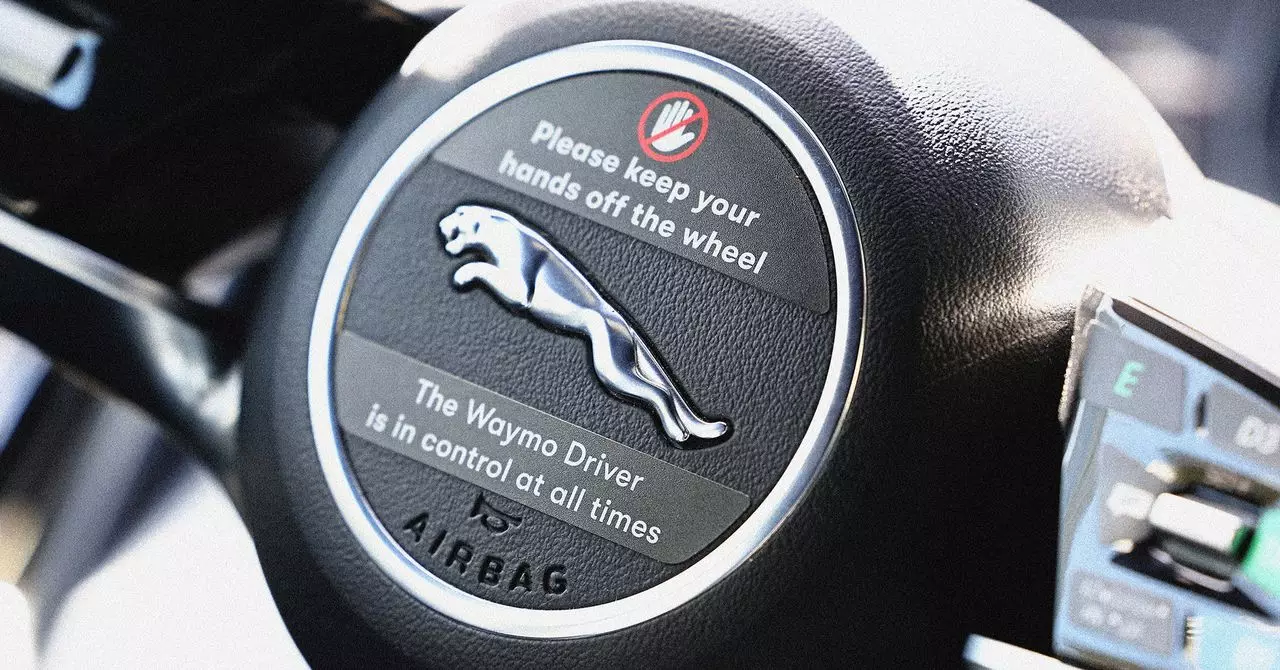The advent of self-driving technology is poised to redefine the landscape of personal mobility, especially for teenagers. Companies like Waymo are pioneering initiatives that allow adolescents as young as 14 to navigate their environments without adult supervision, signaling a significant cultural shift. This development isn’t merely about convenience; it’s a deliberate move to address longstanding societal issues—such as limited access to transportation, safety concerns, and the evolving expectations of parenting in the digital age.
By enabling teens to hail autonomous rides in places like Phoenix, Waymo is stepping into a role that could fundamentally change how young people experience independence. The company’s teen-specific accounts, which restrict certain behaviors and monitor ride activity, are crafted to provide a controlled environment that balances freedom with safety. As these programs expand to other major US markets, they carry profound implications for the future of youth mobility, school commutes, social outings, and even adolescence itself.
The Promise of Increased Autonomy in a Controlled Environment
What makes Waymo’s initiative compelling is its focus on alleviating the anxiety associated with teen independence. Traditionally, adolescents rely heavily on parental drivers or public transportation, both of which come with their own limitations. Car ownership is often out of reach financially, and public transit doesn’t always align with the schedules or needs of teenagers. Moreover, the mental burden placed on parents—worrying about their children’s safety and managing their schedules—has long been a source of stress.
By introducing autonomous vehicles tailored for young riders, Waymo offers a promising alternative that promises safety and convenience. Teen users can plan rides without waiting for a parent or guardian, gaining a sense of agency while still under technological oversight. From a broader perspective, this could lead to a cultural shift where young people are empowered to walk or drive less, reducing carbon footprints and potentially fostering a society more attuned to sustainable transportation.
Addressing Modern Parental and Youth Anxieties
The reactions from teenagers and their parents reflect a nuanced landscape of fears and hopes. Some teens experience heightened anxiety about driving, a sentiment substantiated by rising traffic fatalities among young drivers. The statistics illustrate the risks: teen drivers are disproportionately involved in accidents, which fuels parental apprehension and restricts their children’s freedom.
Waymo’s approach seeks to mitigate these fears by providing a monitored, supervised environment that limits risky behaviors—such as drinking, drug use, or interfering with vehicle controls. Parental involvement, enabled through account linkages and support lines, fosters trust and alleviates concerns about reckless behavior. As Guthrie’s research suggests, teenagers are not merely seeking independence but are also grappling with the pressures of modern supervision and surveillance. Autonomous ride-hailing services could strike a delicate balance—granting autonomy without compromising safety or oversight.
Challenging Traditional Notions of Teen Mobility
This technological shift also challenges conventional perceptions of adolescence and mobility. Historically, teenagers have been seen as either dependent on adults for transportation or constrained by public systems. Autonomous vehicles shift this paradigm by positioning technology as a trusted caregiver, extending safety nets into their daily lives. This could lead to a reevaluation of what it means to be “independent”—not necessarily through traditional driving, but through reliable, self-managed mobility solutions.
But pushback is inevitable. Concerns about privacy, the potential for over-surveillance, and the long-term cultural impacts of relying on machines for social and personal development remain contentious. Critics might argue that this undermines essential skills and experiential learning required for responsible driving and independence. Nevertheless, Waymo’s emphasis on safety, compliance, and parental involvement suggests a careful, phased approach that could influence broader attitudes toward autonomous systems and youth rights.
Transcending Challenges Towards a Brighter, Safer Future
The deployment of teen-focused autonomous ride services signals a transformative period in transportation, with potential ripple effects reaching societal, environmental, and developmental spheres. If implemented thoughtfully, this technology could significantly reduce traffic accidents, ease parental anxieties, and expand opportunities for young people in underserved communities. It isn’t just about convenience; it’s about reimagining the fabric of daily life for a generation that is increasingly digital, connected, and safety-conscious.
Nevertheless, as with all disruptive innovations, critical introspection is essential. Ensuring equitable access—not just in affluent neighborhoods but across diverse socioeconomic backgrounds—is crucial to prevent further inequalities. Protecting the privacy and autonomy of teen riders must go hand-in-hand with safety measures. How society navigates these complex considerations will determine whether autonomous vehicles become a tool for empowerment or a new source of dependency.
As autonomous technology continues to evolve, the question remains: are we preparing our youth for a future where machines serve as trusted guardians, or are we risking dependency on their fallibility? The answer lies in the deliberate, ethical, and inclusive deployment of these innovations—values that companies like Waymo seem increasingly committed to embedding into their vision of tomorrow.

